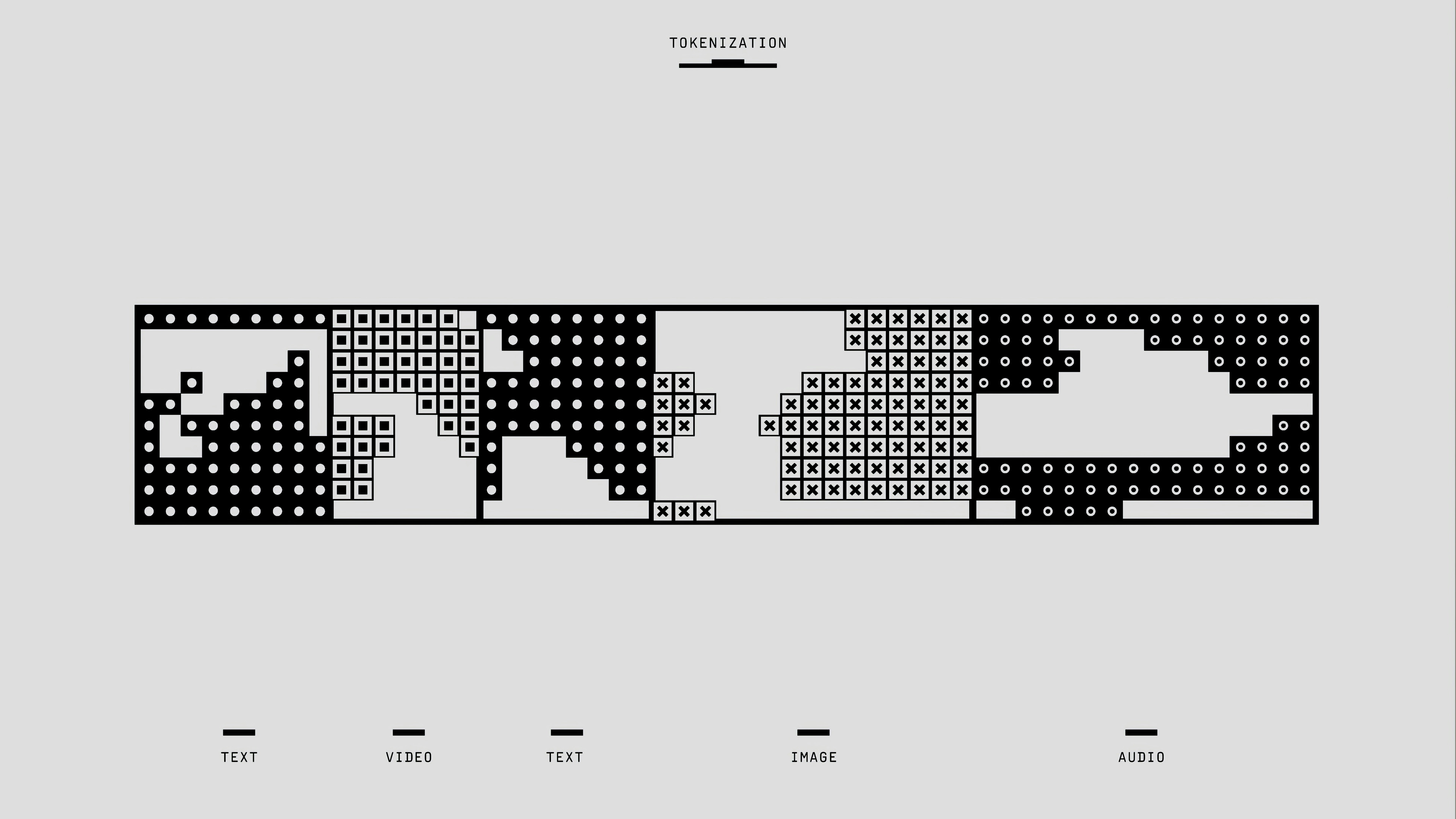Related Jobs
View all jobsSenior Process Engineer
Senior Process Engineer
Senior Project Manager
Senior / Principal Firmware Engineer
Assistant Electrical Design Engineer - Building Services
Get the latest insights and jobs direct. Sign up for our newsletter.
Industry Insights
Discover insightful articles, industry insights, expert tips, and curated resources.

How to Write a Winning Cover Letter for Semiconductor Jobs: Proven 4-Paragraph Structure
Learn how to craft the perfect cover letter for semiconductor jobs with this proven 4-paragraph structure. Ideal for entry-level candidates, career switchers, and professionals looking to advance in the semiconductor sector. When applying for a semiconductor job, your cover letter plays a crucial role in securing an interview. The semiconductor industry is a fast-evolving sector, and your cover letter provides you with the opportunity to demonstrate your expertise, problem-solving abilities, and passion for cutting-edge technology. Writing a cover letter for semiconductor roles can be challenging, but with the right structure, you can effectively highlight your strengths. Whether you're new to semiconductors, transitioning from another field, or looking to advance your career in this specialised sector, this article will guide you through a proven four-paragraph structure. We’ll provide sample lines and practical tips to help you create a compelling cover letter that stands out in the competitive semiconductor job market.

Rural-Remote Semiconductor Jobs: Innovation Beyond Urban Borders
A Fresh Outlook for Semiconductor Professionals Mention semiconductor jobs and many people instantly visualise state-of-the-art fabrication plants (fabs), sterile cleanrooms, and corporate campuses in or near big tech cities. While it’s true that silicon chips do require advanced manufacturing sites, the shift towards remote work—amplified by digital collaboration tools, cloud-based design systems, and global talent needs—now enables many roles in the semiconductor sector to exist beyond traditional urban technology corridors. At SemiconductorJobs.co.uk, we’re seeing an uptick in opportunities for professionals seeking “tech jobs by the sea” or “semiconductor remote countryside” positions. Newer tools and processes allow chip designers, EDA (Electronic Design Automation) specialists, and supply chain coordinators, among others, to operate from locations they prefer—be that a scenic rural hamlet or a rugged coastal town. The quest for a balanced, more affordable life is drawing highly skilled chip engineers, application developers, and managers out of city centres and into the UK’s picturesque regions. If you’ve ever pictured finishing a complex circuit design review, then stepping outside to rolling hills or the sound of ocean waves, this article is for you. Read on to discover why rural or coastal living doesn’t mean sacrificing cutting-edge career prospects, how to navigate potential challenges, and how to find (or create) your dream rural-remote semiconductor role.

Quantum-Enhanced AI in Semiconductors—Powering the Next Era of Microelectronics
The semiconductor industry is the backbone of modern technology, underpinning everything from smartphones and cloud servers to automotive electronics and advanced robotics. Over decades, semiconductor manufacturing has followed Moore’s Law, consistently increasing transistor density while reducing cost. Yet as we approach sub-nanometre scales, conventional semiconductor techniques face monumental challenges in design, fabrication, and materials science. Coupled with soaring demand for more powerful and energy-efficient chips, the industry must explore breakthroughs beyond classical approaches. Enter quantum computing—a frontier technology harnessing the strange properties of quantum mechanics to perform certain computations at potentially exponential speed-ups. Paired with Artificial Intelligence (AI), quantum hardware might expedite complex tasks like design-space exploration, lithography simulation, advanced testing, and yield optimisation. If harnessed effectively, quantum-enhanced AI could help transcend the current limits of chip performance and open new architectural paradigms for next-gen electronics. In this article, we will: Examine the current state of the semiconductor industry, including why classical methods are hitting bottlenecks. Introduce quantum computing fundamentals—why qubits differ from bits and how they could boost AI. Explore how quantum-enhanced AI can address semiconductor challenges, from chip design to supply chain optimisation. Highlight real-world pilot projects, potential near-term successes, and the main hurdles (like noisy quantum hardware). Discuss the emerging career paths and skill sets that will be crucial for professionals aiming to stand out in an era of quantum-driven semiconductor innovation. Whether you’re a semiconductor engineer, a data scientist in chip R&D, or simply curious about the intersection of hardware and quantum technologies, read on. Quantum-enhanced AI might reshape every aspect of semiconductor design, fabrication, and testing, propelling electronics into uncharted territory. The semiconductor industry is the backbone of modern technology, underpinning everything from smartphones and cloud servers to automotive electronics and advanced robotics. Over decades, semiconductor manufacturing has followed Moore’s Law, consistently increasing transistor density while reducing cost. Yet as we approach sub-nanometre scales, conventional semiconductor techniques face monumental challenges in design, fabrication, and materials science. Coupled with soaring demand for more powerful and energy-efficient chips, the industry must explore breakthroughs beyond classical approaches. Enter quantum computing—a frontier technology harnessing the strange properties of quantum mechanics to perform certain computations at potentially exponential speed-ups. Paired with Artificial Intelligence (AI), quantum hardware might expedite complex tasks like design-space exploration, lithography simulation, advanced testing, and yield optimisation. If harnessed effectively, quantum-enhanced AI could help transcend the current limits of chip performance and open new architectural paradigms for next-gen electronics. In this article, we will: Examine the current state of the semiconductor industry, including why classical methods are hitting bottlenecks. Introduce quantum computing fundamentals—why qubits differ from bits and how they could boost AI. Explore how quantum-enhanced AI can address semiconductor challenges, from chip design to supply chain optimisation. Highlight real-world pilot projects, potential near-term successes, and the main hurdles (like noisy quantum hardware). Discuss the emerging career paths and skill sets that will be crucial for professionals aiming to stand out in an era of quantum-driven semiconductor innovation. Whether you’re a semiconductor engineer, a data scientist in chip R&D, or simply curious about the intersection of hardware and quantum technologies, read on. Quantum-enhanced AI might reshape every aspect of semiconductor design, fabrication, and testing, propelling electronics into uncharted territory.